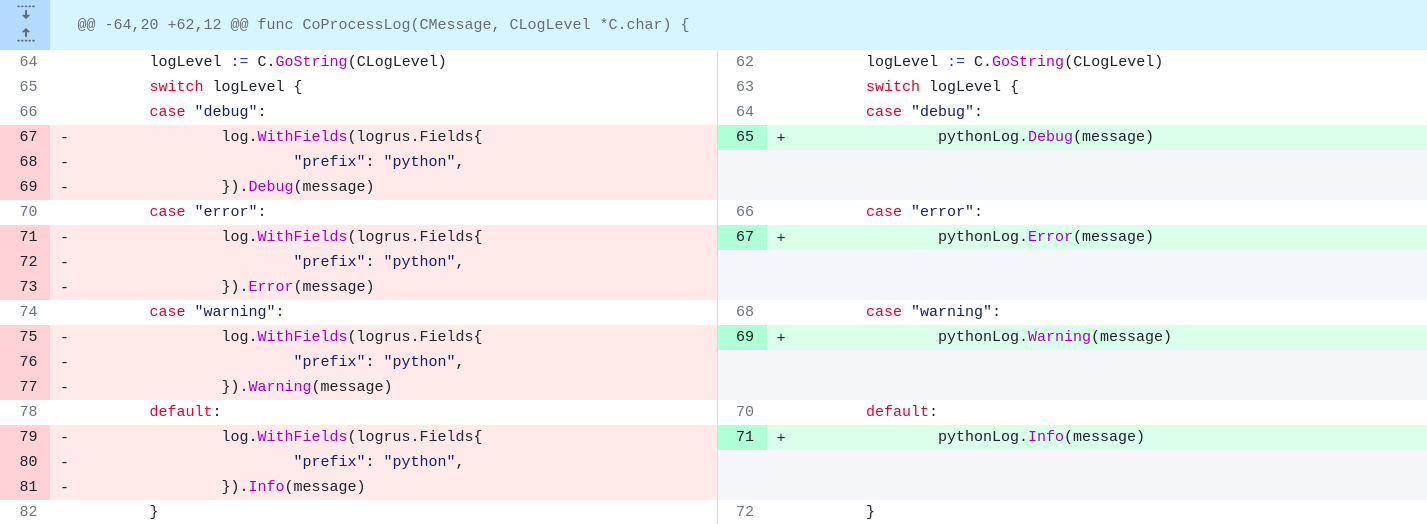LSC - Large scale code changes
First, there’s some essential reading in the excellent Google SWE Book: Large-Scale Changes chapter. A key point being brought up by Adam Bender:
Today it is common for a double-digit percentage (10% to 20%) of the changes in a project to be the result of LSCs, meaning a substantial amount of code is changed in projects by people whose full-time job is unrelated to those projects. Without good tests, such work would be impossible, and Google’s codebase would quickly atrophy under its own weight. LSCs enable us to systematically migrate our entire codebase to newer APIs, deprecate older APIs, change language versions, and remove popular but dangerous practices.
The mission statement is quite clear - if we can automate LSCs, we can rely on tooling more to make larger changes, but still cover the change with tests. It takes less human scrutiny and duplicated feedback in code reviews, and the change can be explained simply and replicated.
Enter Semgrep.
Semantic grep for source code allows us to find extremely complex matches and provide replacements for the patterns we can replace. This is especially true for code cleanups, struct renames, field renames and other code smells. I’ve identified various code defects over time, let’s go over a few examples.
Receiver constructor pattern
Constructors typically have signatures like these examples:
| |
But, it’s also possible you may have a constructor like this:
| |
I’ve written about value receiver
constructors
and how NewOptions() or options{}.New() are compiled to the same go
assembly, but, reading the code there is a semantic difference. The
constructor is coupled to the options value twice - from the receiver,
and the return value. This constructor format is semantically harder to
understand, because the receiver is unused.
The following semgrep rule finds such constructors and renames them.
| |
Now our func (T) NewT() *T became a func NewT() *T, and we need to
update the usage. We can find find and replace those with semgrep as
well:
| |
This gives us a complete rewrite for consistency. The changes have been smaller to review and the PR could be checked for correctness.
Struct naming
If people don’t have a well enforced naming conventions or a package structure convention, they inevitably end up with stuttering config options. Semgrep can be used to fix those naming issues as well. If the struct is internal use, it’s name can be corrected.
| |
This model name stuttered as it had been incorrectly prefixed. It ended
up having a few replacements in code, and also uses pattern-regex so
references in comments are updated. Sometimes we don’t need semantic
matching, we can resort to what’s essentially a complicated string
replacement.
Code duplication vs. a global anchor
A call you can avoid means less code you have to look at. Our logger has
some copy paste duplication, noted with "prefix" fields on the keys
being logged, somewhere in the triple digits. This ended up needing
handling for multiple prefix values and mapping those to particular
variables.
| |
This is a small template which I render with some bash script to generate
the final rules, for a set of variables. The :prefix: value is a
literal pattern to find, and the :log: is the variable to use instead
of the global log. invocation. This glues it together:
| |
This produces a slightly larger replacement file. An example replacement it makes looks like this:

It looks like what we’re doing is just having a different global
variable. That’s true. Having a global log available in the package
scope is horrible, but first we need to move away from it, and then make
people use the Logger() function that is sometimes already in scope or
figure out how to inject the dependency and drop the global.
Other
I’ve also looked at other tooling for large scale code changes, two stood out:
I wish there was more tooling around code refactoring that we could do by spec, and semgrep fills that void quite well today. IDE tooling like “move function” may be an option, but may or may not work given your couplings. As it is, just the final code change may be unrevievable due to the volume, but the semgrep rules that produce it are reviewable.
While even code generated changes need a cursory review, the compile time safety and test suites may cover the important parts of ensuring that a code rewrite didn’t end up breaking something. This is especially true if you’re still in the process of introducing naming conventions and better code structure.
v1.5.0